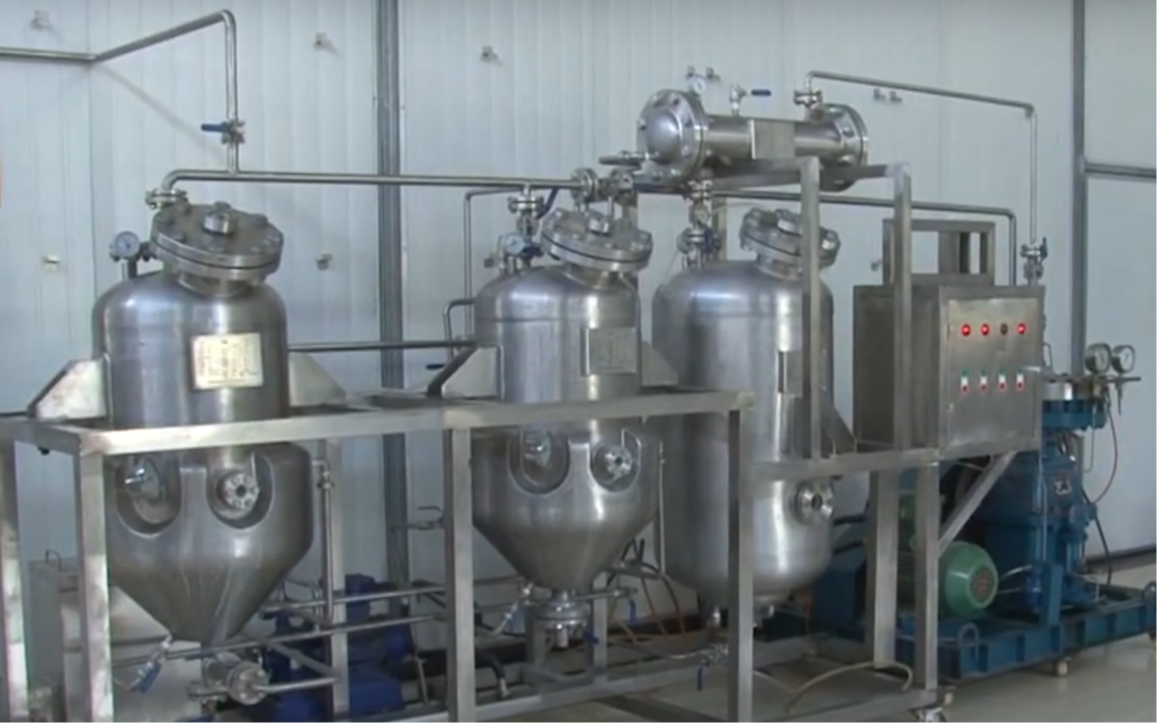
Kerone Engineering Solutions Ltd. is a pioneer in the creation of plant systems for extracting herbal oils. As part of our commitment to exploiting the innate power of plants, we specialize in manufacturing machinery that extracts premium essential oils and botanical extracts from a variety of herbs, flowers, fruits, and seeds. Our modern facilities and innovative extraction techniques ensure that our customers will only receive pure, powerful, and environmentally responsible products.
Herbal oil extraction is a centuries-old technique that includes removing the therapeutic, aromatic, and culinary benefits of various plant materials such as leaves, flowers, stems, and roots in order to obtain essential oils and active chemicals. By using this method, concentrated plant oils that are extensively used in aromatherapy, conventional medicine, cosmetics, and even cooking are created.
Picking the plant material is the first stage in the extraction of herbal oil. Depending on the required qualities of the finished oil, the plant and its component are chosen. For instance, lavender essential oil, which has relaxing properties and a peaceful aroma, is frequently made from lavender blossoms. Once the plant material has been selected, it is harvested when it is at its most potent to ensure the highest oil concentration.
Steam distillation and cold pressing are the two primary procedures used to extract the herbs used to make herbal oils. The most popular technique for obtaining essential oils from aromatic plants is steam distillation. In this procedure, the plant material is heated with steam, which causes the oil glands to expel their fragrant components. The oil is then separated from the water after the steam and oil vapor are condensed. The majority of essential oils, including lavender, peppermint, and eucalyptus, can be used with this technique.
On the other hand, cold-pressing is frequently employed to extract oils from fruits and seeds, including olive oil and almond oil. Without using heat or chemicals, the plant material is manually pressed to liberate the oil. This technique is used for culinary oils since it preserves more of the oil’s original flavor and nutritional content.
The oil that is produced after extraction is frequently further treated to get rid of contaminants and lengthen its shelf life. This can entail decanting, filtering, or adding organic antioxidants.